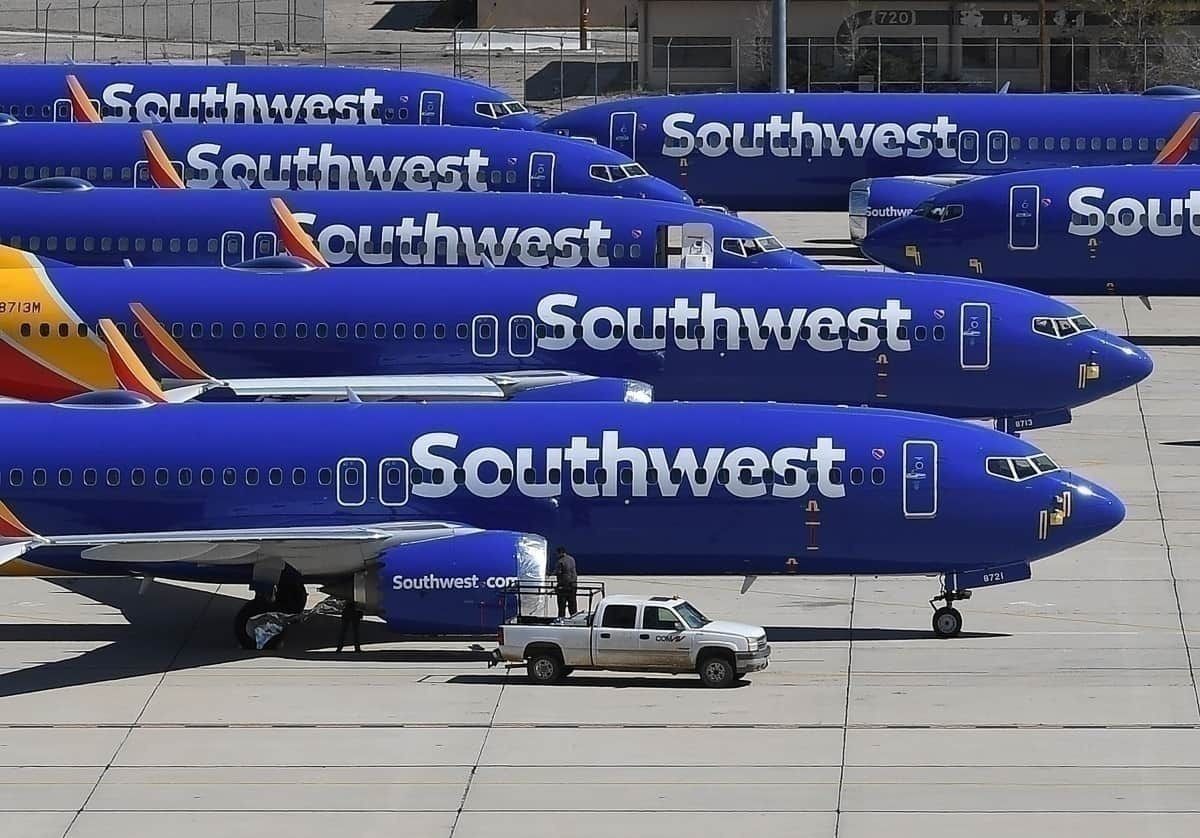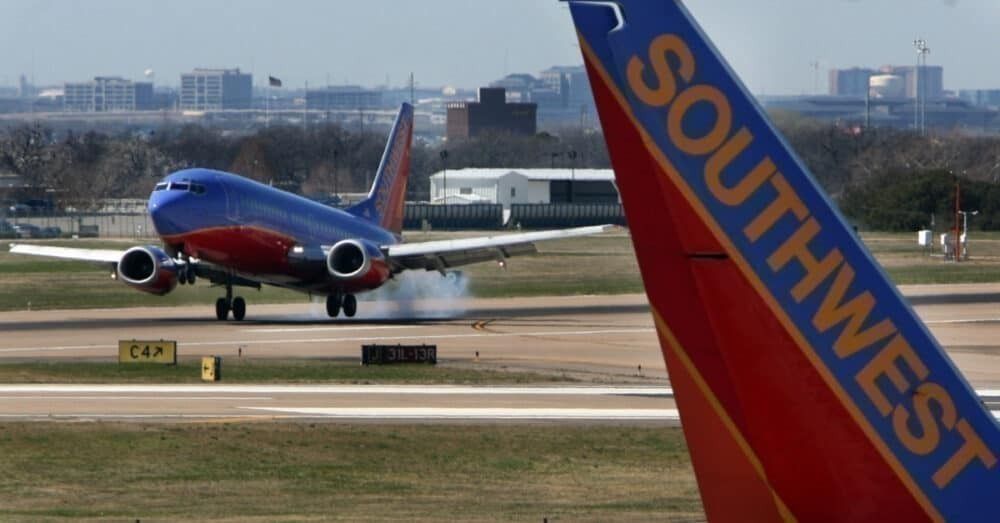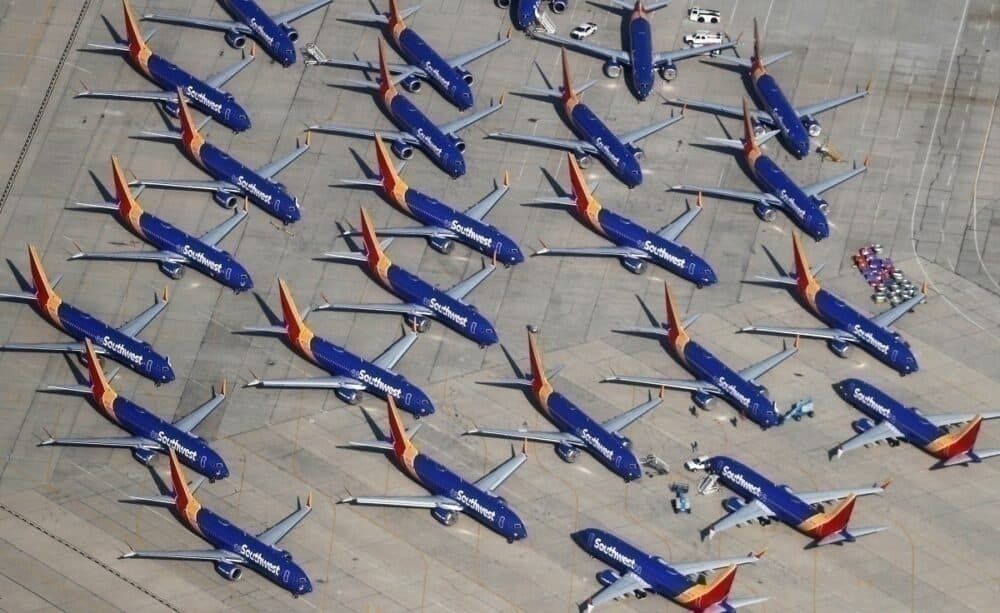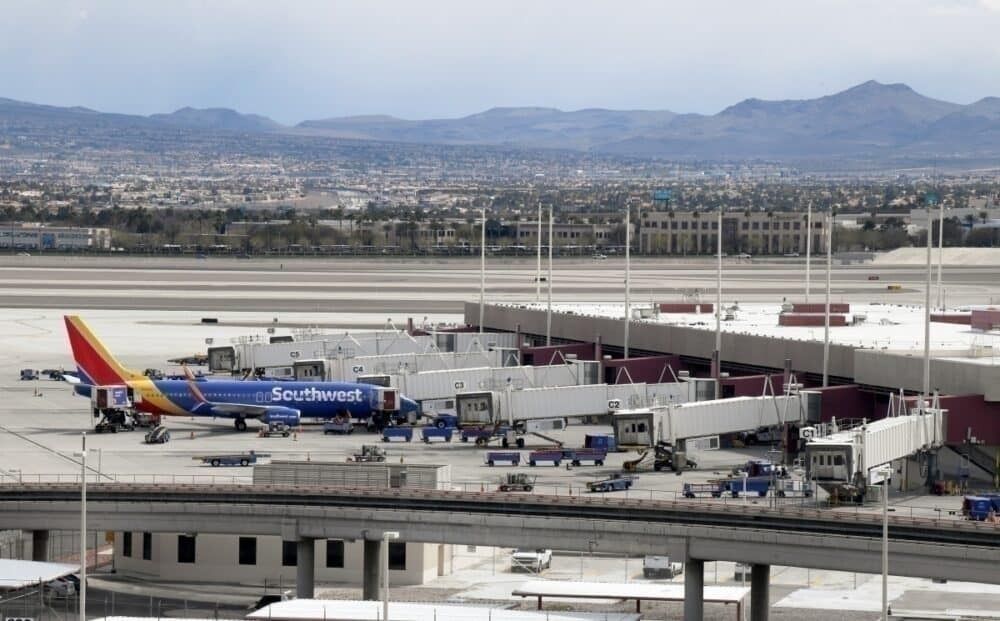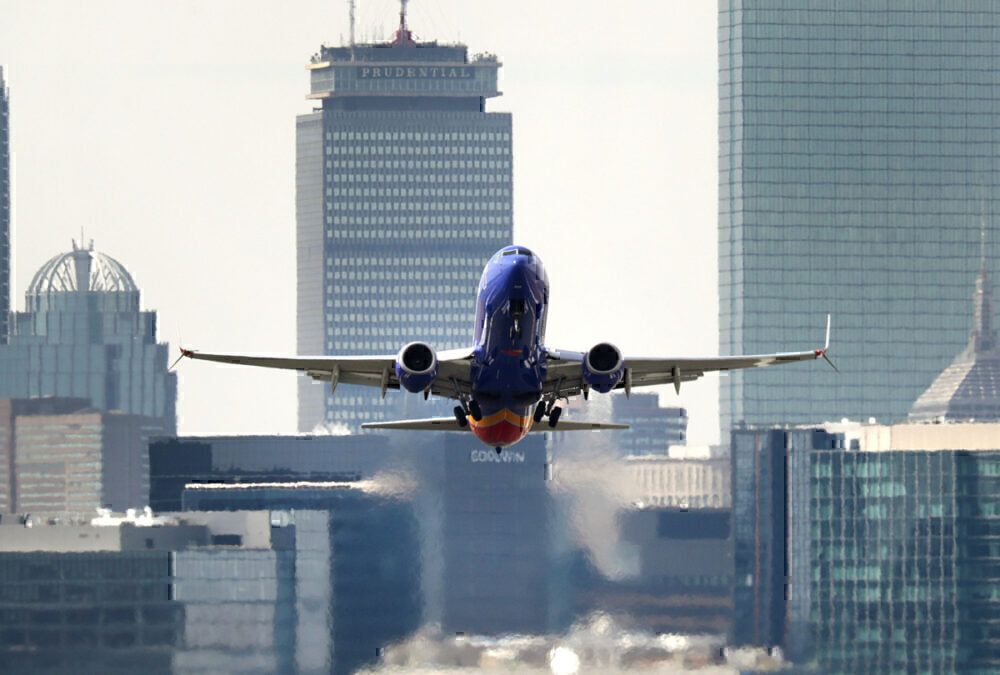Southwest Airlines had, quite fittingly, 737 Boeing 737s in its fleet at the end of the second quarter. The airline only operates one type of aircraft and, as such, has been able to run a very efficient operation. As the current crisis engulfs the airline industry, Southwest is staying flexible with its future. Here's what Southwest Airlines has planned.
The current fleet
Southwest Airlines ended the second quarter with 737 Boeing 737s in its fleet. There were 496 737-700s in the carrier's fleet, with a maximum capacity of 143 passengers. Next up are 207 737-800s with a maximum capacity of 175. In addition, Southwest also counted the 34 grounded Boeing 737 MAX 8 planes, which also seat 175 passengers.
Stay informed: Sign up for our daily aviation news digest.
Moving forward, Southwest anticipates maintaining an all-737 fleet with no other aircraft types on order. This is in line with the airline's impressive history, marked mostly by 737 operations with a few 727s in between.
The original plans
Southwest Airlines ordered the 737 MAX with plans to modernize its fleet. The airline maintains orders for 30 Boeing 737 MAX 7 aircraft and 219 Boeing 737 MAX 8 jets with options to take MAX 7s in lieu of MAX 8s if it so chooses. As the most iconic operator of the 737 in history, and the largest MAX customer, the airline definitely has some sway at Boeing when it comes to getting the right balance in terms of orders.
While all was well when the MAX first rolled out, the global grounding of the type altered Southwest's fleet retirement plans, this led the carrier to operate its older aircraft for longer. These older jets previously slated for retirement are Boeing 737-700s.
While Southwest would like to have more MAX 8s over the -700s in its fleet right now given then MAX's advantageous fuel efficiency, the airline has to make do with the -700s, until the type returns to service, which Southwest thinks will be later this year– assuming the FAA finishes everything it needs to do.
The crisis
The current health crisis has led to one of the most extreme downturns in air travel demand in recent history. This had put a lot of strain on carriers– including Southwest, which reported a net loss both in the first and second quarters of 2020. Amid the current crisis, during the second quarter, Southwest Airlines returned five leased Boeing 737-700s.
While the airline does not have a firm outlook as to what its fleet will look like in the coming months, its team has been working to prepare for multiple scenarios amid a choppy demand recovery.
One place where the airline has a lot of flexibility is in the 737 MAX agreements with Boeing. The latest deal with Boeing has Southwest agreeing to take no more than 48 MAX planes by the end of 2021. There are no specifics yet, according to Tammy Romo, Southwest's Executive Vice President and Chief Financial Officer. In the carrier's second-quarter earnings call, Ms. Romo stated that there is no firm date for getting the MAX back in service, but best-case the airline is hoping for the end of December. Also, Ms. Romo stated the airline has the flexibility to shift out the deliveries, which Southwest would like to do given the current demand environment.
Where does this leave Southwest?
Essentially, moving forward, Southwest will be a smaller airline– though probably not by the hundreds of planes that other airlines are retiring. Most of the other retirements are for international widebodies alongside limited domestic narrowbody retirements.
Instead, the carrier will likely send older 737-700s into the sunset– especially those that are over 20 years of age. Given the young age of the 737-800s, there will probably be little if any retirements of that fleet.
It would be expected that most of those retirements occur in the third and fourth quarters as the busy travel season starts to die down, and it becomes a little clearer what the outlook on the MAX return to service is.
As for the airline's schedules, it is unlikely that Southwest will shut down many stations. Instead, there will likely be fewer nonstop operations out of some cities with connections available. Some of the underperforming cities, however, may see even fewer flight options to help mitigate excess capacity.

